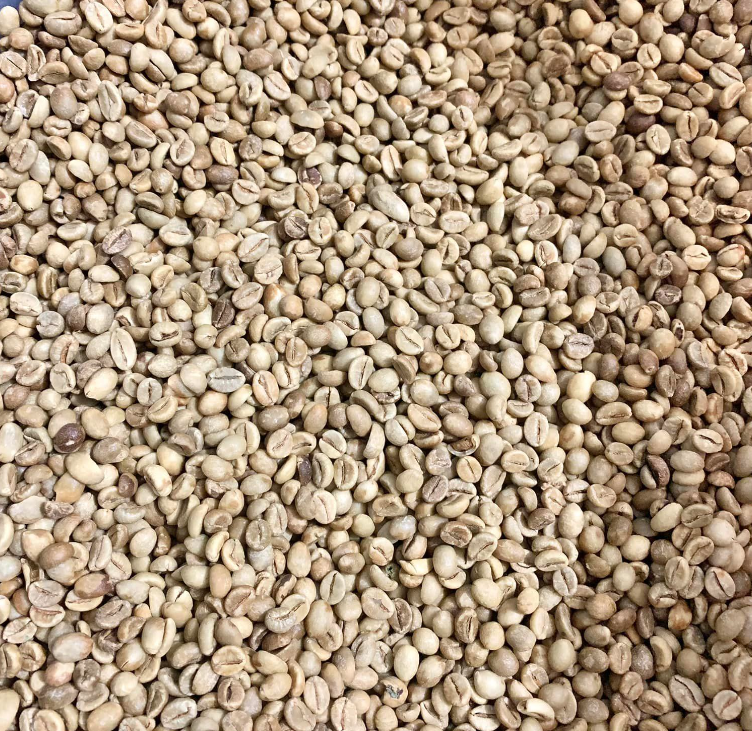The Coffee Journey: From Coffee Beans to Coffee

Process of Making Coffee
Coffee is a beloved beverage enjoyed by millions around the world. The journey from coffee beans to ground coffee involves several stages before enjoyable, each process contributing to the flavor and aroma of coffee. Here’s an overview of the process:
1. Harvesting Coffee Beans
The journey of coffee begins with the harvesting of coffee red cherries from coffee plants. Coffee trees typically bear fruit once a year. The cherries are usually picked by hand, often by skilled harvesters who select only the ripe red cherries. Depending on the region climatology and height it can affect flavor of final coffee
2. Processing the Coffee Cherries
After harvesting, the coffee cherries must be processed to extract the coffee beans. There are two primary methods for processing: the dry method and the wet method.
Dry Method: In this method, the whole cherries are spread out in the sun to dry. This process can take several weeks. Once dried, the outer husk of the cherry is removed to reveal the green coffee beans inside.
Wet Method: The cherries are pulped to remove the outer skin, and the beans are then fermented to remove the mucilage (sticky layer). After fermentation, the beans are washed and dried.
3. Milling the Coffee Beans
Once the coffee beans are dried, they must be milled to remove the parchment layer (in the case of wet-processed coffee) or the husk (for dry-processed coffee). Milling involves hulling the beans to make them ready for roasting.
4. Roasting
Roasting is a critical step in developing the flavor profile of the coffee. Green coffee beans are roasted at high temperatures to bring out their rich flavors and aromas. The roasting process can vary from light to dark roasts, depending on the desired flavor profile. The beans are roasted until they reach the desired level of roast and then cooled rapidly to stop the roasting process.
5. Cooling and Resting
After roasting, the coffee beans are quickly cooled to preserve their flavor. Roasted beans are typically allowed to rest for a short period to let the flavors settle and develop. This resting period can vary from a few hours to several days.
6. Grinding the Coffee Beans
Once rested, the coffee beans are ground to the desired consistency. The grind size depends on the brewing method; for example, espresso requires a fine grind, while a French press needs a coarse grind. Proper grinding is essential for extracting the best flavors from the coffee during brewing.
7. Brewing
Finally, the ground coffee is brewed to create the delicious beverage enjoyed by coffee lovers worldwide. The brewing method—whether using a drip coffee maker, French press, espresso machine, or other methods—determines the final taste and strength of the coffee.
Conclusion
The journey of coffee from bean to cup involves several intricate steps, each contributing to the quality and flavor of the final product. From harvesting and processing to roasting and grinding, every stage plays a crucial role in bringing out the rich and diverse flavors that coffee enthusiasts cherish. Understanding this journey enhances our appreciation for each cup of coffee we enjoy.